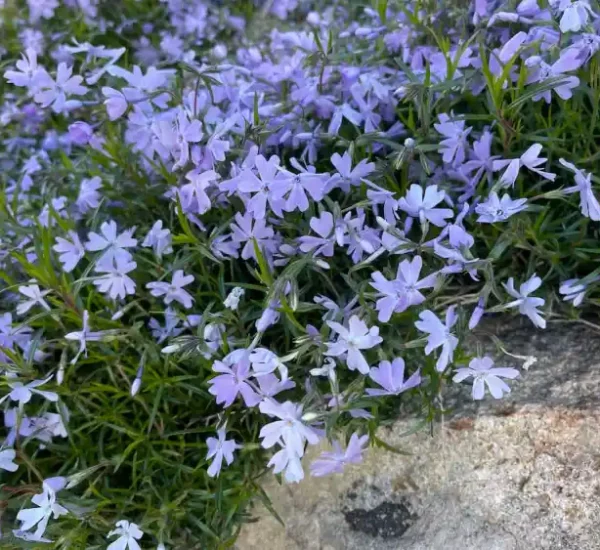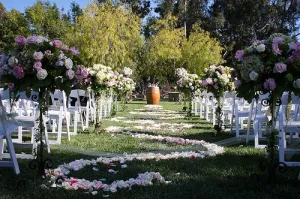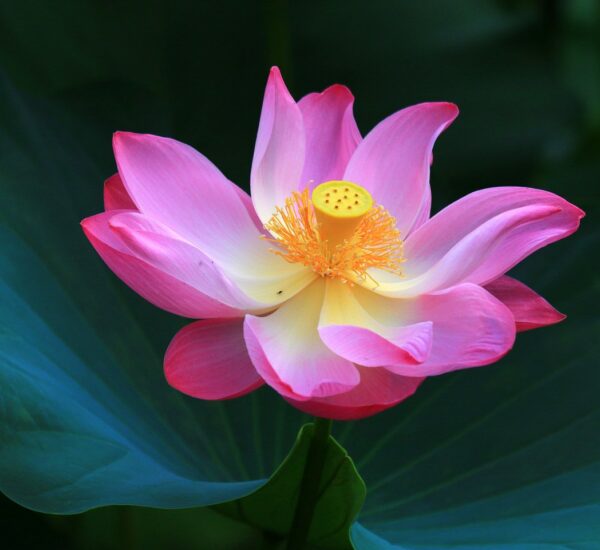Buttonbush (Cephalanthus occidentalis) is a native North American flowering shrub known for its unique spherical clusters of small, fragrant, white flowers. This guide will provide you with comprehensive instructions on how to successfully grow and care for buttonbush, drawing upon information from government agencies, horticultural bodies, and academic experts.
Table of Contents
- Introduction 1.1 About Buttonbush 1.2 Benefits of Growing Buttonbush
- Selecting the Right Location 2.1 Soil Conditions 2.2 Sunlight Requirements 2.3 Watering Needs
- Planting Buttonbush 3.1 Planting Time 3.2 Planting Process 3.3 Spacing
- Caring for Buttonbush 4.1 Watering 4.2 Fertilization 4.3 Pruning 4.4 Pests and Diseases
- Harvesting and Propagation 5.1 Collecting Seeds 5.2 Propagation Techniques
- Conclusion
Introduction
About Buttonbush
Buttonbush (Cephalanthus occidentalis) is a versatile, native shrub found in wetlands, along water bodies, and in gardens across North America. Its distinctive round, button-like flower clusters, and wildlife-friendly properties make it an attractive choice for gardeners.
Benefits of Growing Buttonbush
Buttonbush has numerous benefits, including:
- Providing nectar for pollinators and supporting native wildlife.
- Aesthetic appeal with unique flowers and glossy green leaves.
- Erosion control and water purification in wetland environments.
- Low-maintenance once established.
Selecting the Right Location
Soil Conditions
Buttonbush thrives in moist to wet soils. It can tolerate a range of soil types but does best in slightly acidic to neutral soils. Conduct a soil test, and amend as needed to ensure the soil pH and drainage are suitable.
Sunlight Requirements
Buttonbush prefers full sun, meaning at least 6-8 hours of direct sunlight per day. However, it can tolerate partial shade, especially in hot climates.
Watering Needs
Consistent moisture is crucial for buttonbush. If you’re planting in a drier area, consider a site near a water source, as it naturally grows in wetland environments.
Planting Buttonbush
Planting Time
Plant buttonbush in the spring or fall, avoiding extreme heat or cold. The ideal time varies by your location, so consult your local horticultural extension office for specific recommendations.
Planting Process
- Dig a hole that is twice as wide as the root ball but no deeper.
- Place the buttonbush in the hole, making sure the top of the root ball is level with the ground.
- Backfill with the amended soil.
- Water thoroughly.
Spacing
Space buttonbush plants 3 to 6 feet apart, depending on your desired density and local conditions. This spacing will allow them to grow without overcrowding.
Caring for Buttonbush
Watering
Keep the soil consistently moist, especially during the first growing season. A layer of mulch around the base can help retain moisture.
Fertilization
Buttonbush typically doesn’t require additional fertilization if planted in suitable soil. However, if growth is slow or leaves show signs of nutrient deficiencies, consult your local horticultural extension office for guidance.
Pruning
Buttonbush may benefit from occasional pruning to shape it or remove dead or damaged branches. Pruning is best done in late winter or early spring.
Pests and Diseases
Buttonbush is generally pest and disease-resistant. However, be vigilant for common garden pests and consult your local horticultural extension office for guidance on managing any issues.
Harvesting and Propagation
Collecting Seeds
Buttonbush produces small, nut-like seeds. To harvest and propagate, collect mature seeds in the fall and store them in a cool, dry place.
Propagation Techniques
You can propagate buttonbush through seeds, cuttings, or division. Consult your local horticultural extension office for specific instructions on each method, as success rates may vary depending on your location.
Conclusion
Buttonbush (Cephalanthus occidentalis) is a beautiful and ecologically valuable addition to any garden. By following these guidelines and consulting with local horticultural experts and government resources, you can successfully grow and care for this native shrub, supporting wildlife and enhancing your landscape. Happy gardening!
For additional information and guidance on growing buttonbush, refer to reputable sources such as the United States Department of Agriculture (USDA), National Gardening Association, and university horticultural departments.
What is Buttonbush, and why should I consider growing it?
Buttonbush (Cephalanthus occidentalis) is a native North American shrub known for its unique flowers and ecological benefits. It supports pollinators, native wildlife, and offers an aesthetically pleasing addition to your landscape.
When is the best time to plant Buttonbush in my garden?
The ideal time for planting Buttonbush is in the spring or fall, avoiding extreme heat or cold, depending on your local climate.
What are the soil requirements for Buttonbush?
Buttonbush thrives in moist to wet soils, typically preferring slightly acidic to neutral soil. Conduct a soil test to ensure the conditions are suitable for growth.
Can I grow Buttonbush in partial shade?
While Buttonbush prefers full sun, it can tolerate partial shade, especially in hot climates. However, it may not flower as prolifically in shaded conditions.
How often should I water Buttonbush?
Buttonbush requires consistent moisture, so keep the soil consistently moist, especially during the first growing season. Mulch around the base can help retain moisture.
Do Buttonbush plants need to be pruned?
Pruning Buttonbush is generally not necessary, but you can prune to shape the plant or remove dead or damaged branches. If you choose to prune, it’s best done in late winter or early spring.
Are there common pests and diseases that affect Buttonbush?
Buttonbush is typically resistant to pests and diseases, but it’s a good practice to monitor for common garden pests and consult local experts if issues arise.
How can I collect and propagate Buttonbush plants?
Buttonbush can be propagated from seeds, cuttings, or division. Collect mature seeds in the fall, and consult local horticultural experts for guidance on propagation methods.
Can I use Buttonbush for erosion control in wetland areas?
Yes, Buttonbush is an excellent choice for erosion control and water purification in wetland environments due to its root structure and ability to thrive in moist soils.
What is the significance of Buttonbush for wildlife conservation?
Buttonbush plays a crucial role in supporting pollinators and native wildlife by providing nectar and habitat. It is a valuable addition to gardens for those interested in wildlife conservation.
- Virginia’s Growing THC Seltzer Craze - June 5, 2025
- Find THC Sodas in Ohio - June 5, 2025
- THC Infused Seltzers to Try in New Jersey - May 19, 2025




